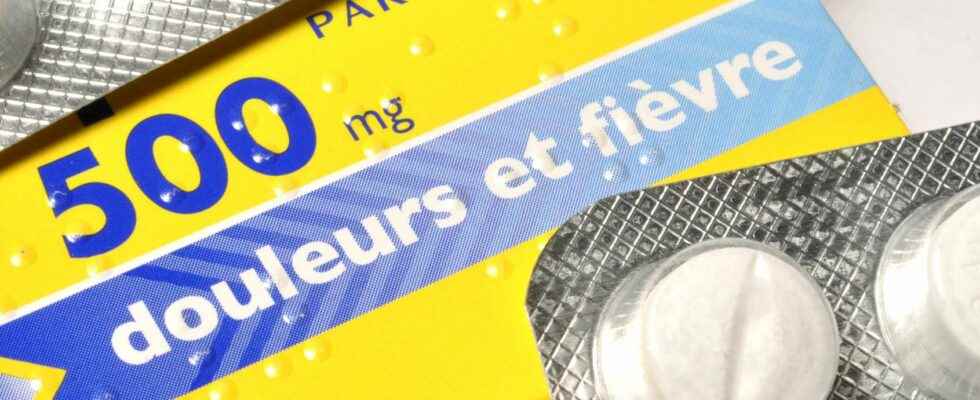The best-selling painkiller in France, paracetamol is nevertheless very toxic, even potentially fatal, even at low doses. Great care should therefore be taken when consuming it.
You will also be interested
Available in particular under the Doliprane, Efferalgan or Dafalgan brands, the paracetamol is thePain killer best-selling in France. Available over the counter in pharmacies for a modest price, it is however far from trivial. When metabolized, paracetamol results in the formation of a highly toxic compound, N-acetyl p-benzoquinone imine (NABQI). This substance is normally eliminated by glutathione, a protein produced by the liver. But the latter is quickly saturated when the maximum dose is exceeded and NABQI then poisons the liver.
Paracetamol: the maximum recommended dose
In adults, the daily dose should not exceed 3 or 4 g, and not more than one gram per dose, to be renewed every four to six hours. In children, it should be limited to 60 mg per kg of weight and per day. This maximum dose is even lower when people are malnourished, drinkalcohol or suffer from liver disease. In these patients, even a slight overshoot can prove fatal.
Paracetamol overdose: the first cause of liver transplantation in France
In France, paracetamol overdose is the leading cause of liver transplant. The maximum dose can be reached quickly without realizing it. A few days at more than 4 or 5 g with added drunken evenings, or the simultaneous intake of anti-cold medications also containing paracetamol can thus be fatal. But that’s not all: even at a “normal” dose, paracetamol taken several times a day over a long period (more than two weeks) would increase the risk of cardiovascular disease, heart attack and strokeaccording to a study in the journal Annals of the Rheumatic Diseases of 2016. This painkiller is also suspected in the appearance ofchildhood asthma.
Rising consumption
Despite these dangers, the French are buying more and more paracetamol: its consumption increased by 140% between 2006 and 2015, and particularly the strong dosagesreports a study of British Journal of Pharmacology. That said, taking a number of precautions, paracetamol remains the best painkiller in terms of effectiveness, according to the magazine 60 million consumers. The anti-inflammatories nonsteroidal drugs (NSAIDs) like ibuprofen and especially aspirin have even higher secondary risks.
Interested in what you just read?
Subscribe to the newsletter Health question of the week : our answer to a question you ask yourself (more or less secretly). All our newsletters
